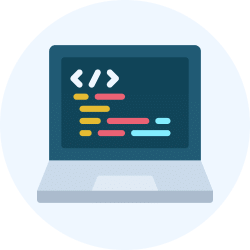Software Development Exam > Software Development Videos > Basics of C Language - Fundamentals of Programming > C Language Tutorial on Functions for Beginners Session - 10 - Elprocus
C Language Tutorial on Functions for Beginners Session - 10 - Elprocus Video Lecture | Basics of C Language - Fundamentals of Programming - Software Development
This video is part of 20 videos | Join course for free |
FAQs on C Language Tutorial on Functions for Beginners Session - 10 - Elprocus Video Lecture - Basics of C Language - Fundamentals of Programming - Software Development
| 1. What is the purpose of functions in C language? |  |
| 2. How are functions defined in C language? |  |
Ans. Functions in C language are defined using the function prototype and function body. The function prototype includes the return type, function name, and parameters (if any), while the function body contains the actual code to be executed.
| 3. Can a function in C language return multiple values? |  |
Ans. No, a function in C language can only return a single value. However, this limitation can be overcome by using pointers or structures. Pointers can be used to modify the values of variables passed to the function, while structures can be used to return multiple values as a single entity.
| 4. What is the difference between call by value and call by reference in C language? |  |
Ans. In call by value, the values of variables are passed to the function, and any changes made to these variables within the function do not affect the original variables. In call by reference, the addresses of variables are passed to the function, allowing changes made to these variables within the function to be reflected in the original variables.
| 5. How can we pass an array to a function in C language? |  |
Ans. In C language, arrays can be passed to functions by either specifying the array size in the function prototype or by passing a pointer to the array. When passing a pointer to the array, the function can access and modify the array elements using pointer arithmetic.
Related Searches




















